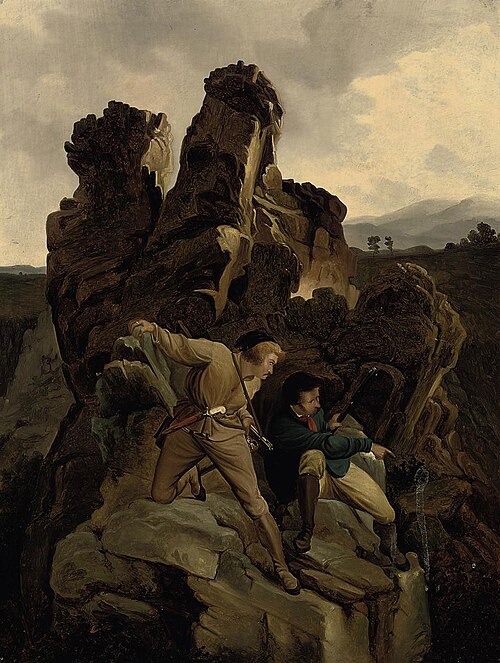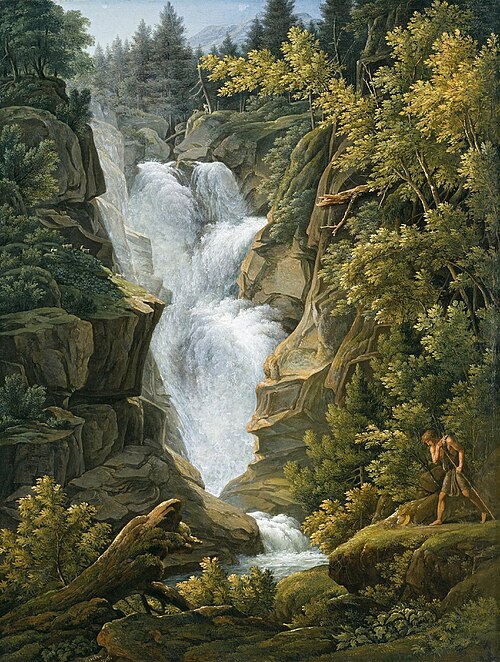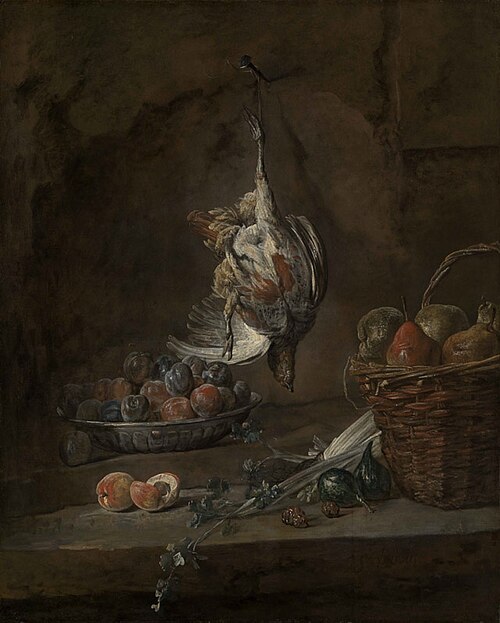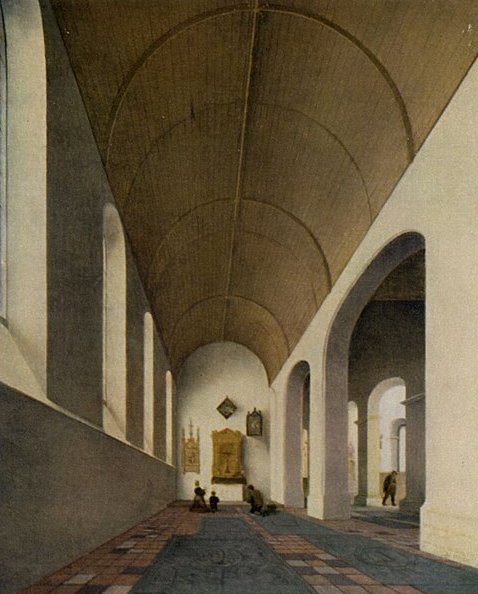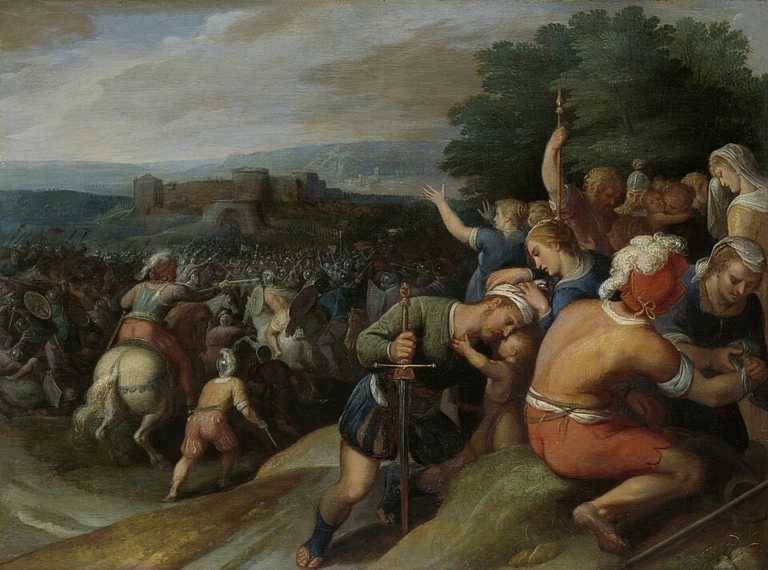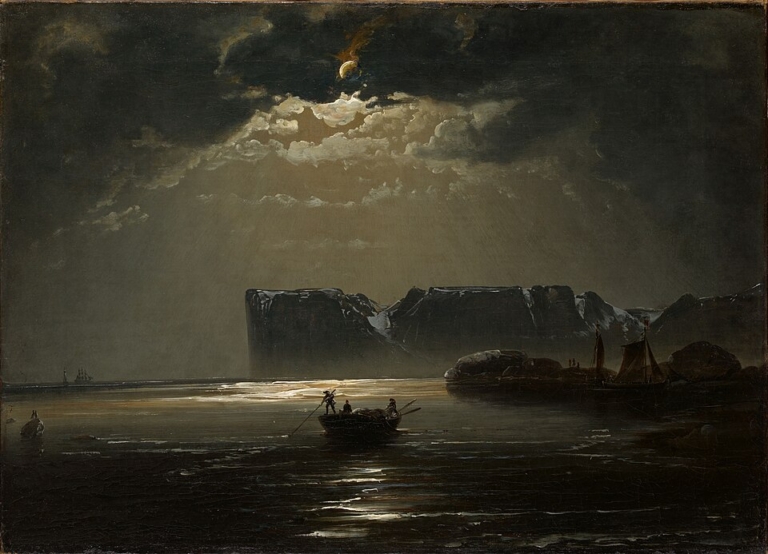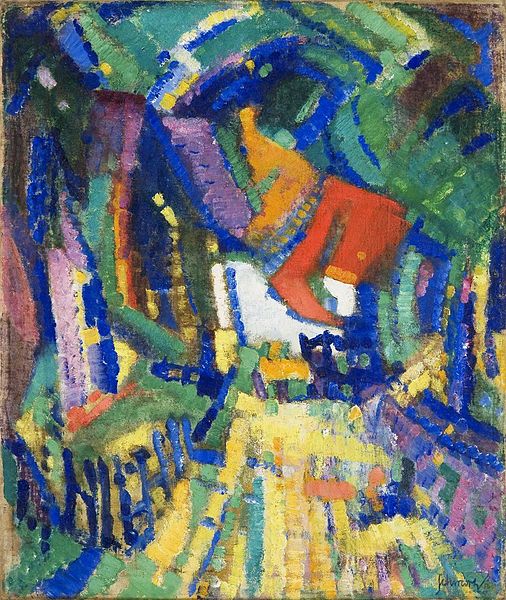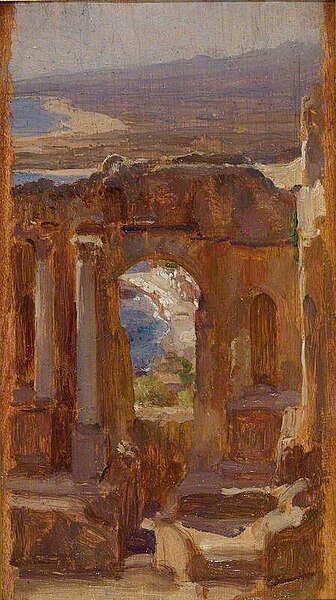
Taormina by Frederic Leighton: A Deep Analysis
"Taormina" by Frederic Leighton offers a stunning depiction of ancient ruins bathed in Mediterranean light, capturing the timeless beauty of Sicily's classical heritage. This in-depth analysis explores the painting’s historical context, symbolism of ruins, Leighton’s masterful technique, and the 19th-century fascination with classical antiquity, revealing how Leighton transforms architecture and landscape into a profound meditation on history and art.

